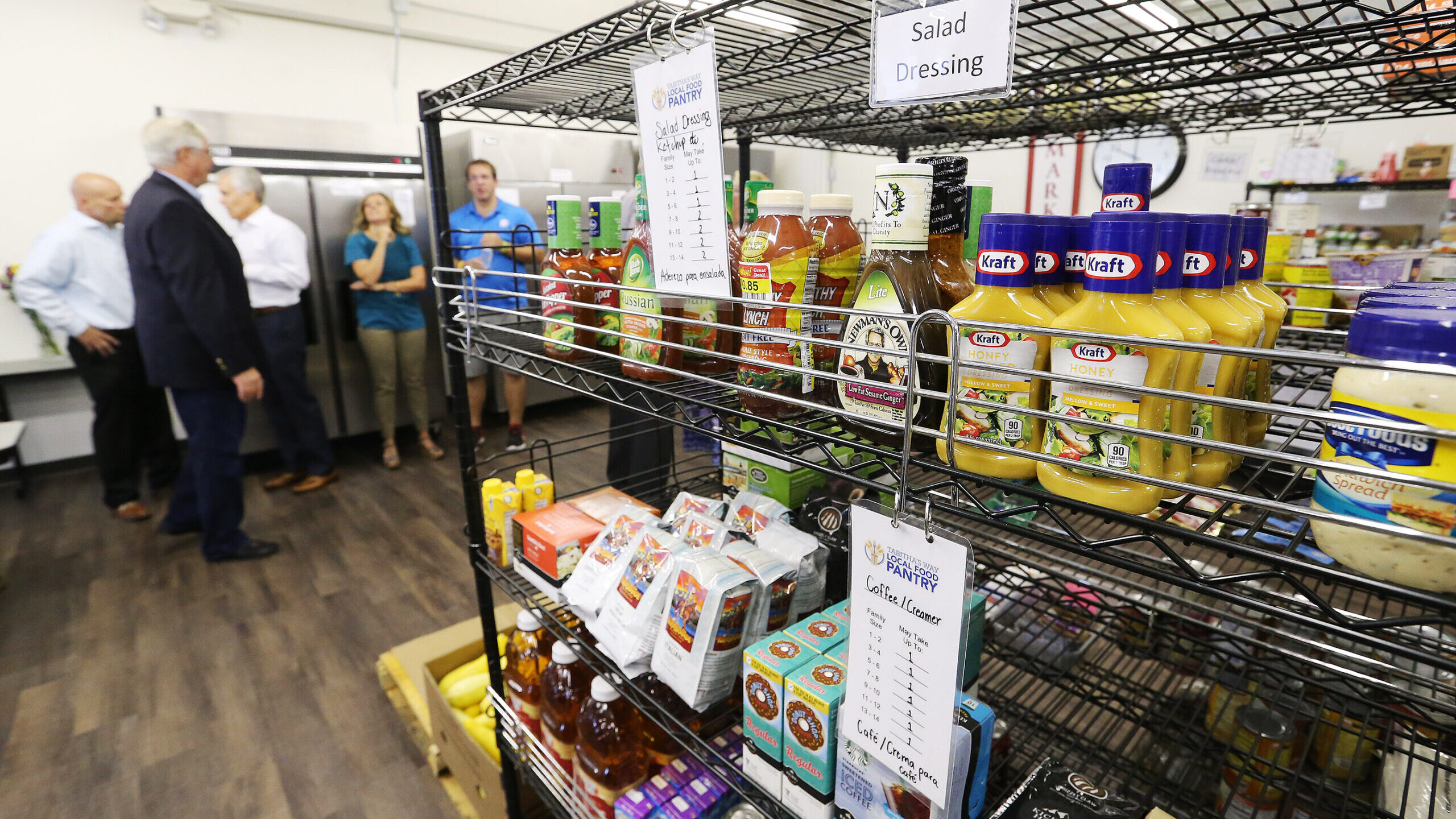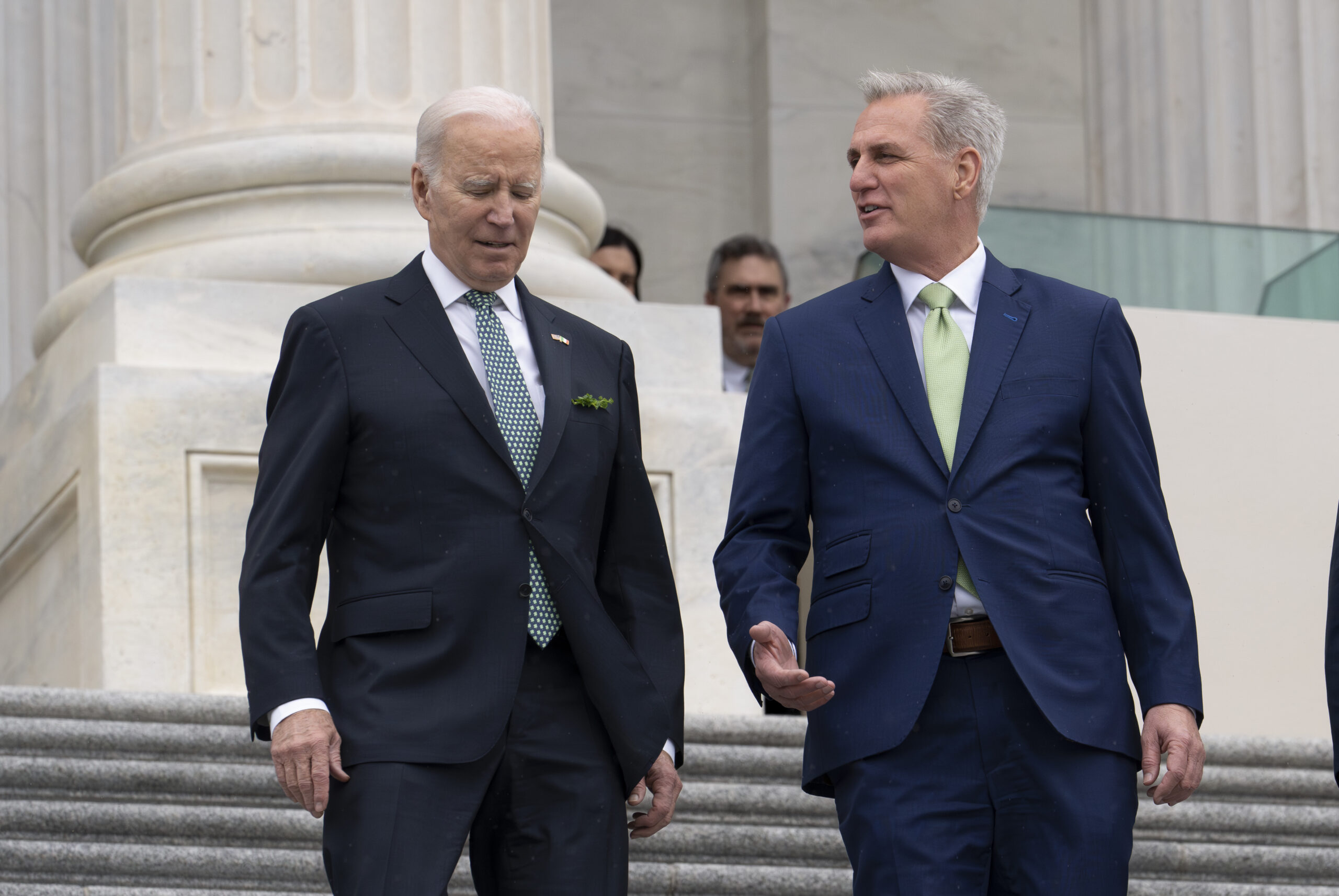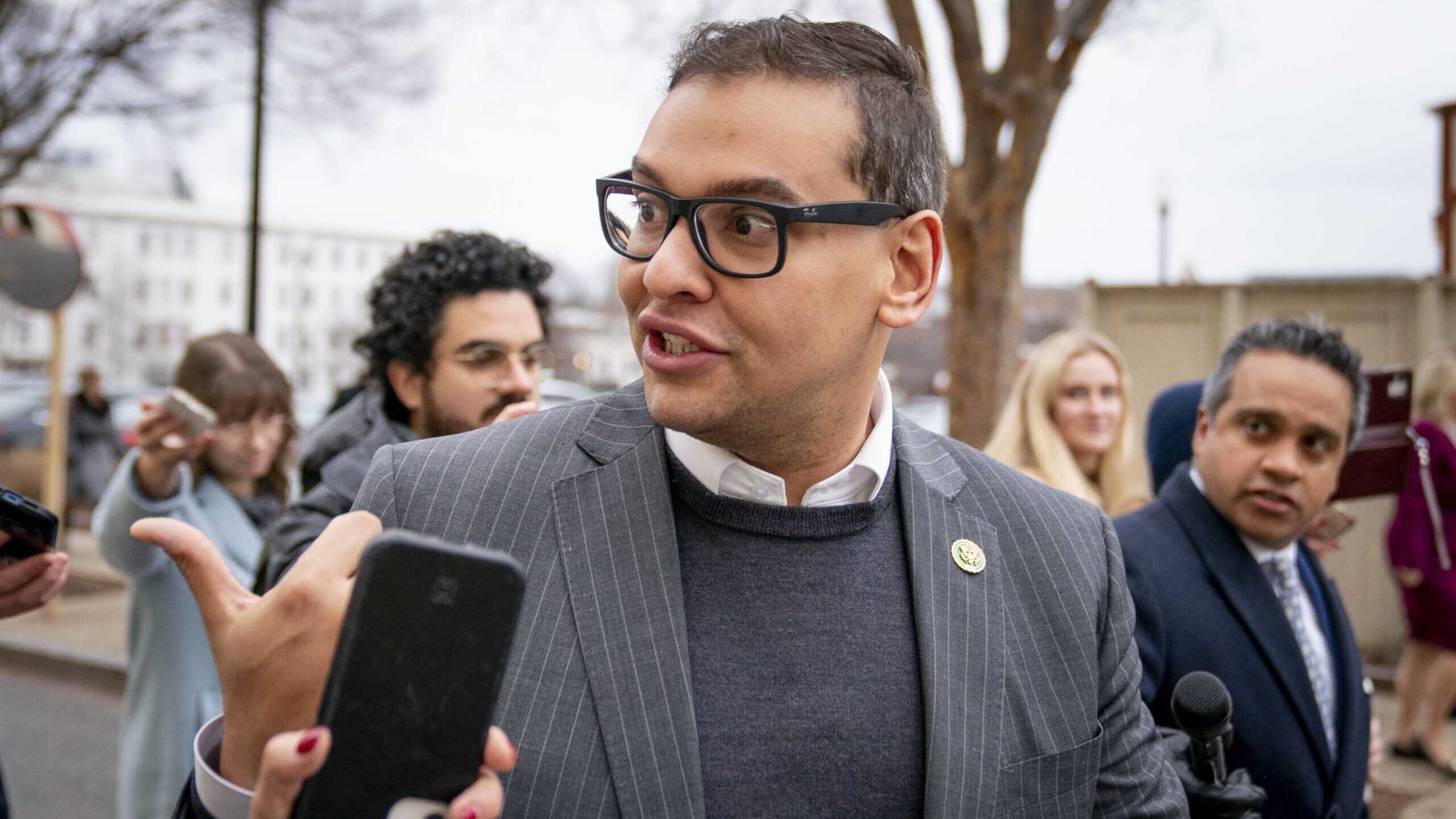DAVE & DUJANOVIC
What would really happen if we forgave every American’s student loan debt?
May 10, 2019, 2:41 PM

Sen. Elizabeth Warren has promised that, if elected President, she will forgive up to $50,000 in student loan debt for every American with a household income of $250,000 or less. (Photo: Andrew Bossi via flickr)
(Photo: Andrew Bossi via flickr)
Americans owe an estimated $1.4 trillion in student loan debt. The average college graduate today comes out of a four-year program saddled with more than $37,000 in student loans, according to the College Board, while those who go on to graduate school leave with a devastating $57,600.
The effect is crippling. According to the Census Bureau, even adjusted for inflation, today’s graduate schools grads are coming out of school owing about the same amount of money as a family in 1960 would have had to put down for a new house. They’re starting life burdened with an amount of debt that America has never had to endure before, and as a direct result of that student debt, the Federal Reserve says, they’re struggling to afford a place to live.
What would happen if, with just a snap of the fingers — or perhaps the swipe of a President’s pen — all of that student debt just disappeared?
That’s what Presidential hopeful Sen. Elizabeth Warren, D-Massachusetts, has essentially promised to do if she is elected in 2020; a promise that has a lot of young people very excited.
But would forgiving student debt actually make things better — or could it make things far, far worse?
Elizabeth Warren’s promise to students in debt

Sen. Elizabeth Warren say that her proposal would forgive 95 percent of Americans with student loan debt. (Photo: Rick Bowmer, Associated Press)
Warren’s proposal would eliminate up to $50,000 in debt for 95 percent of the 45 million Americans with student loan debt. In an editorial penned for Medium, she’s promised to:
- Cancel up to $50,000 in student loan debt for every person with a household income under $100,000
- Provide “substantial debt cancellation” for every person with an income between $100,00 and $250,000
- Eliminate tuition and fees at every public two and four-year college in America.
- Invest $100 billion in Pell Grants to help students cover the cost of housing
- Fund it with 2 percent tax on families with $50 million or more in wealth
The plan must sound incredible to every young person who is not in one of those 75,000 families Warren calls “ultra-millionaires” that’ll be paying for the program — but is it really possible to fund all those programs by only taxing the rich?
Former Rep. Jason Chaffetz, R-Utah, isn’t convinced.
“It’s just not plausible,” he told KSL Newsradio’s Dave & Dujanovic. “Somebody’s going to pay that bill, and that means everybody gets to pay more in taxes. That’s the reality of it.”
That bill, incidentally, is expected to cost $1.2 trillion — and that’s just for the debt relief part of the plan. Warren’s yet to provide an estimate on how much it would cost to eliminate tuition and fees at public colleges altogether.
“Our country’s already $20 trillion-plus in debt,” Chaffetz says. “Put that on top of the Green New Deal at a trillion plus dollars and Medicare for all … I mean, it’s just unbelievable how many trillions of dollars in new spending these presidential candidates want to engage in.”
The economic impact of student loan debt relief

The Levy Institute believes that eliminating student debt would actually increase the US GDP. (Photo: Shutterstock)
Despite Chaffetz’s worries about where the money will come from, however, Warren has argued that forgiving student loan debt would stimulate the economy enough that it would actually raise the GDP.
That seems like a tall claim — but if a study conducted by the Levy Institute is correct, it actually might hold up.
The Levy Institute ran a simulation to see how a bill like Warren’s would affect the economy over the course of 10 years, and they claim that:
- The GDP would rise by an average of $86 to $108 billion per year
- Over ten years, the GDP would rise by a total of $1.083 trillion
- The US would see 1.2 to 1.5 million new jobs each year
- Interest rates would increase by 0.2 percent each year
- The federal budget deficit would increase by 0.67 to 0.75 percent per year
- State budgets would grow by 0.11 percent over the course of 10 years.
That new money, they say, would come from increased spending and investment by all those households whose budgets would become so much lighter. The millions of students burdened by loans, they say, would be able to put their money toward houses, cars, luxuries, and investments, feeding the economy enough money to counteract the initial cost.
Those are just the results of one study, however, and not everyone’s convinced they’ll work out. Education Policy Expert Mark Kantrowitz told Student Loan Hero that, while he doesn’t dispute Levy’s specific results, he doesn’t think it’ll have the impact their study suggests.
“Something in the neighborhood of $80 billion a year in the economy isn’t really that much of a dent when you think about it,” Kantrowitz says. “We’re talking about a GDP of right around $19 or $20 trillion a year.”
More to the story
Who is right on this one?
That’s the topic Dave & Dujanovic tackled when they spoke with Chaffetz about this story. If you missed their conversation live on the air, you can still catch how they broke it down on the Payday Monday podcast.
Dave & Dujanovic can be heard weekdays from 9 a.m. to noon on KSL Newsradio. Users can find the show on the KSL Newsradio website and app, as well as Apple Podcasts and Google Play.














